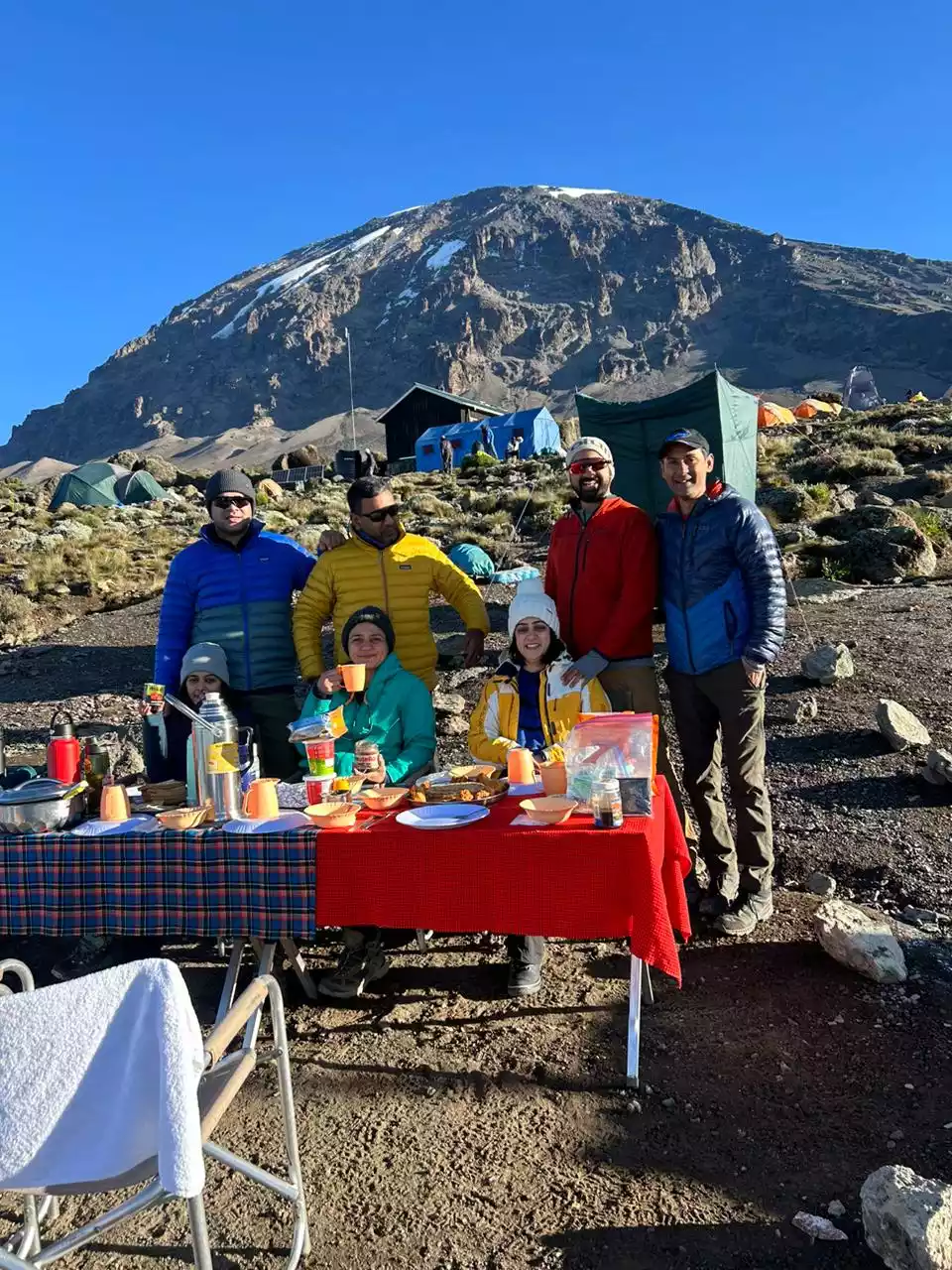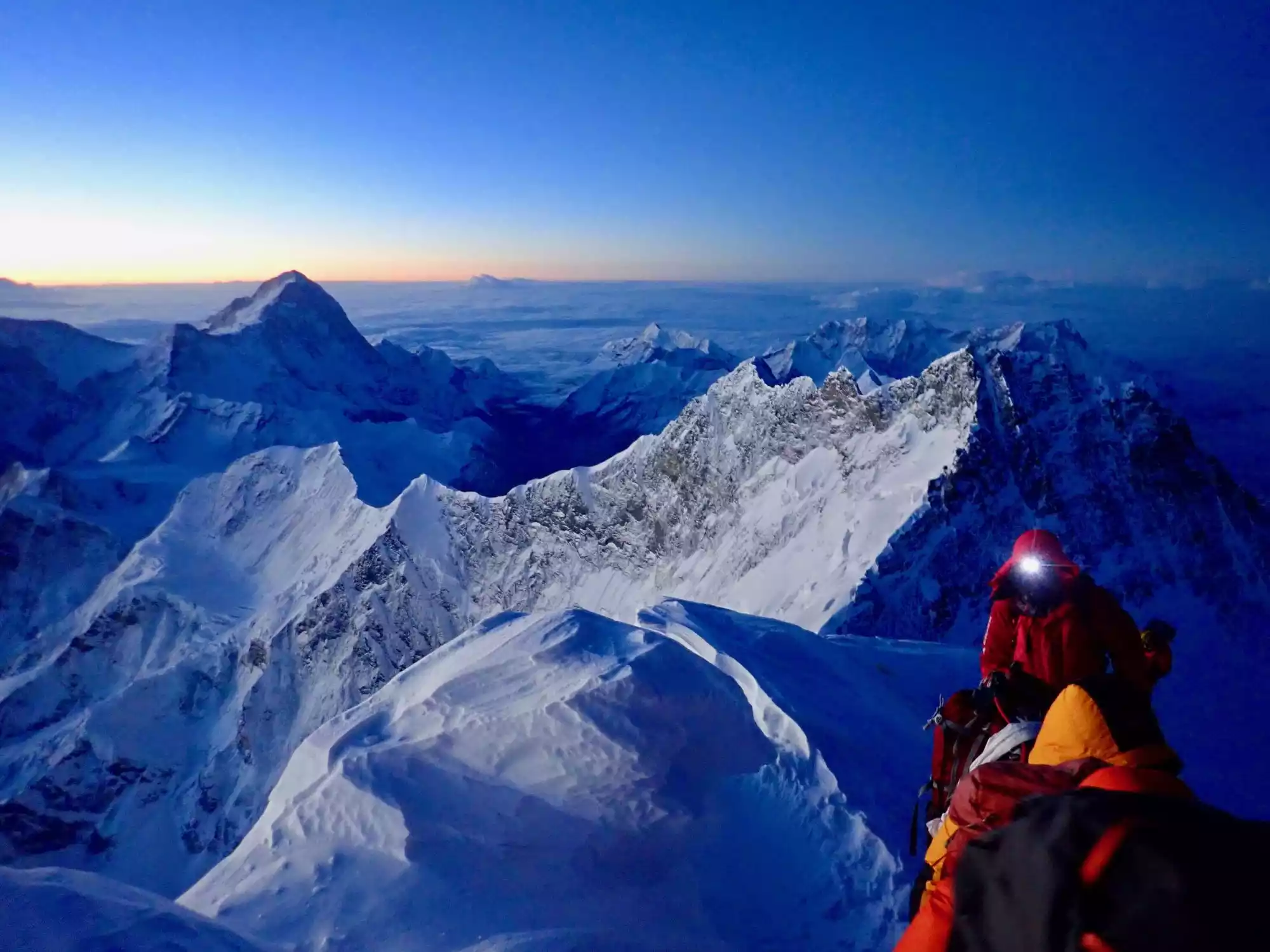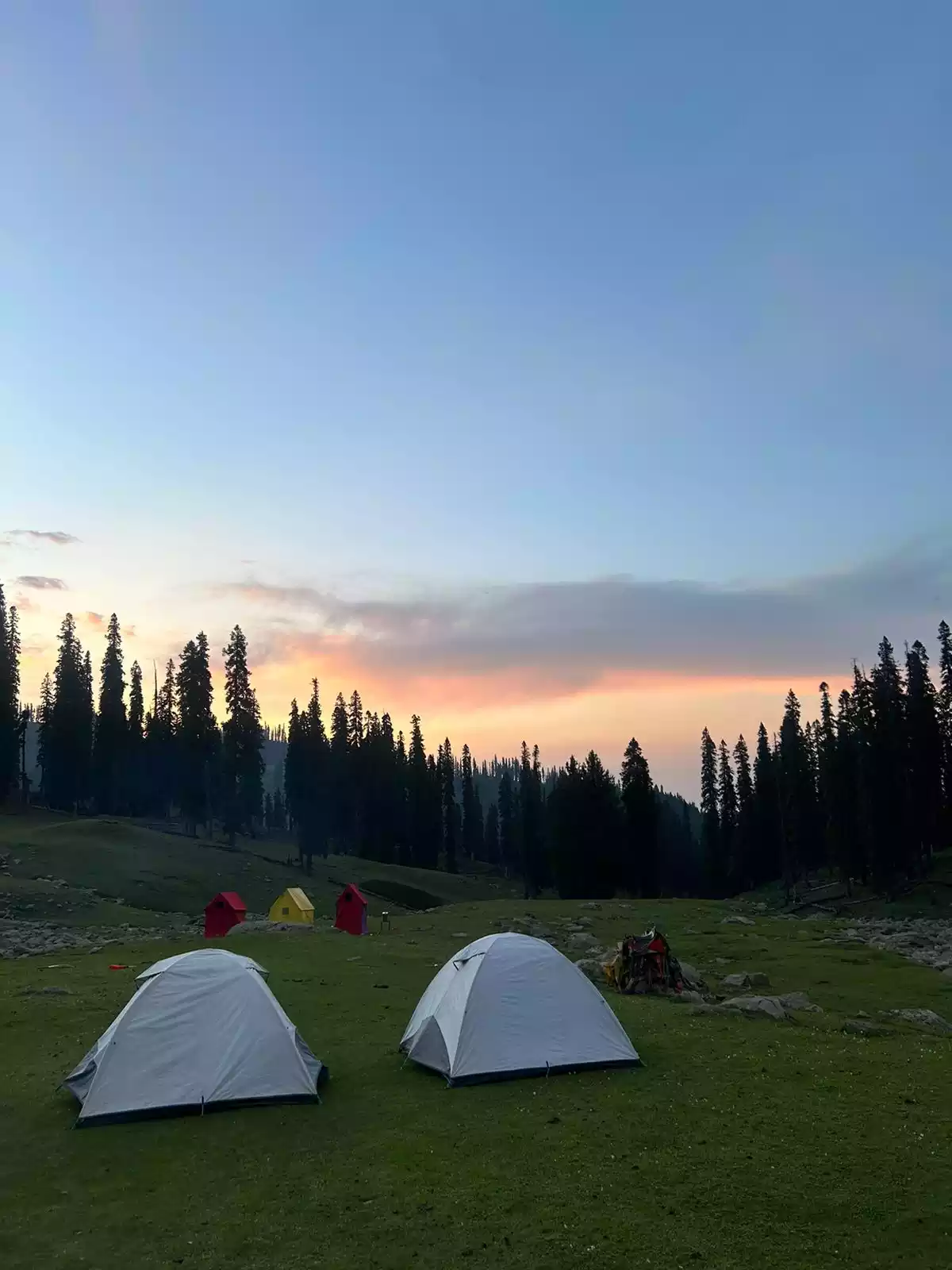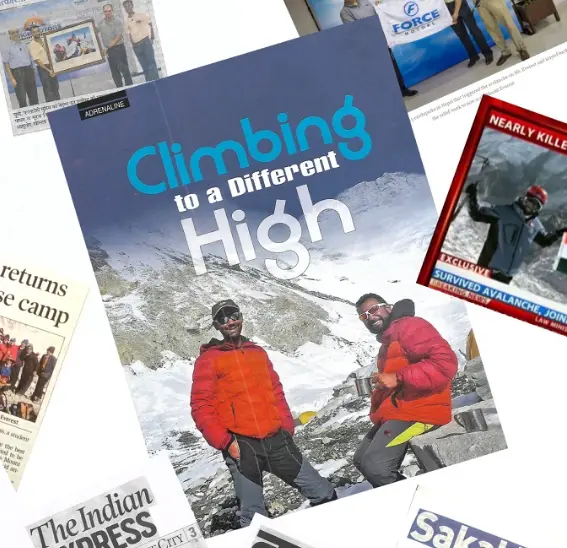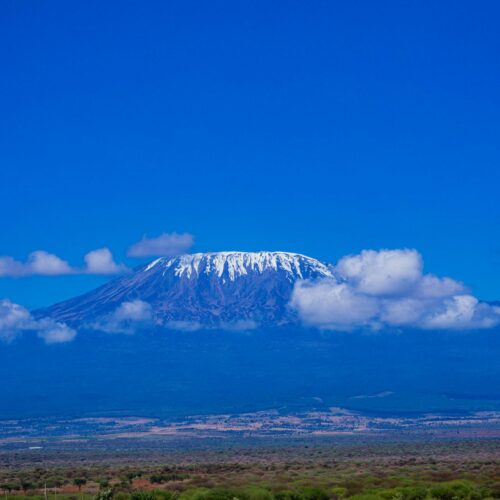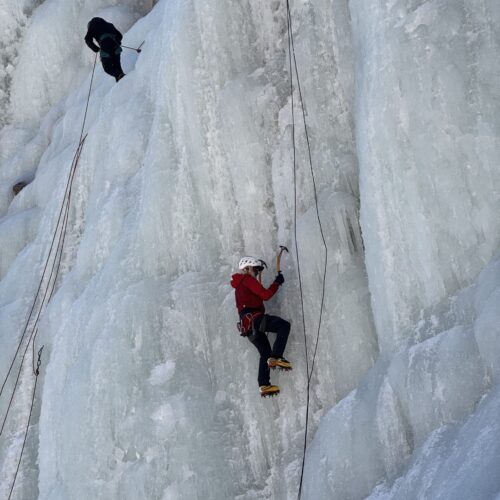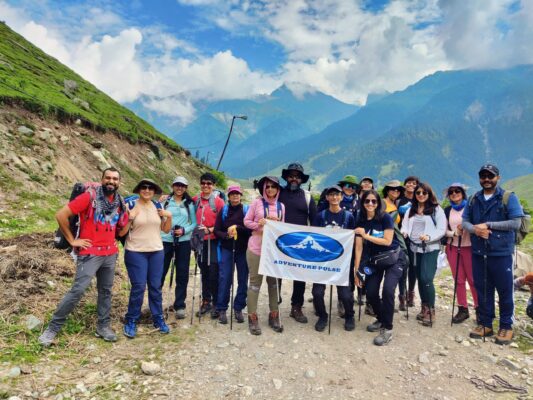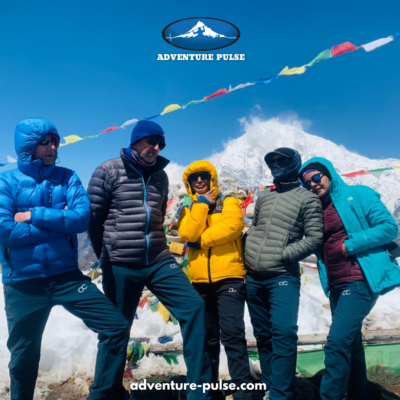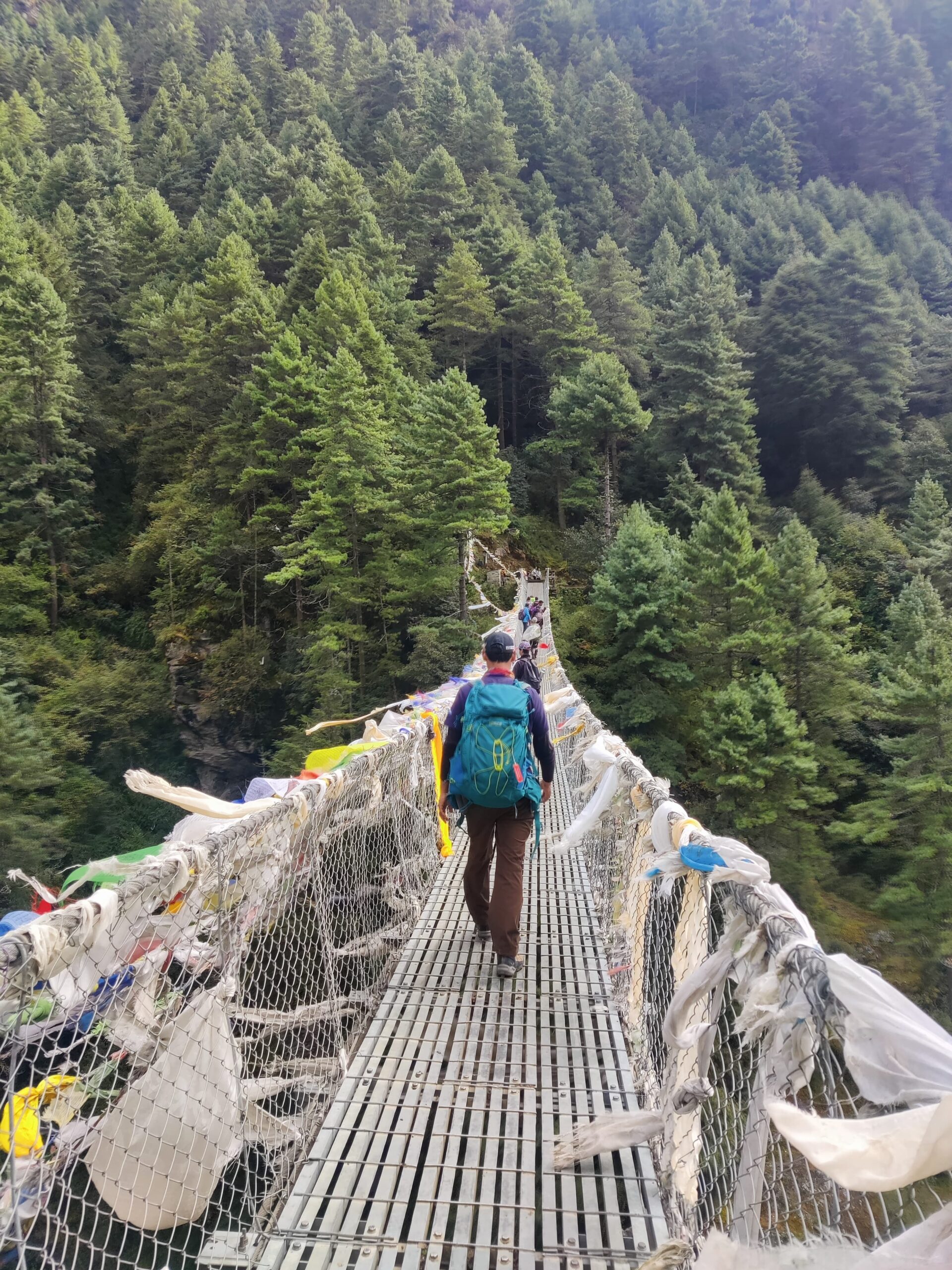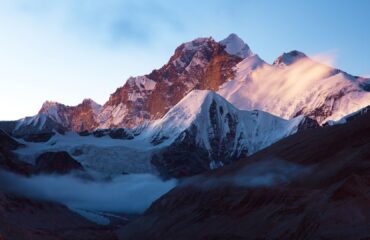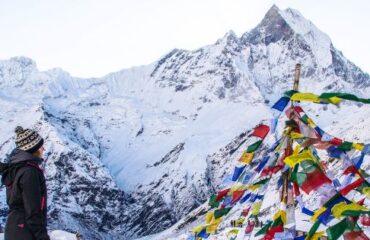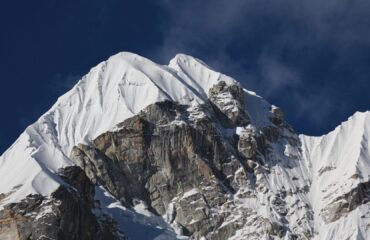
Nepal offers some of the world’s most breathtaking trekking routes. Everest Base Camp (EBC) and Annapurna Base Camp (ABC) treks are especially popular. These treks provide incredible mountain landscapes and rich cultural experiences. They also offer a chance to explore the heart of the Himalayas. Although both lead to iconic base camps, they differ in altitude, duration, difficulty, and overall trekking experience.
Everest Base Camp Trek
Everest Base Camp (EBC) Trek ranks among the world’s most iconic and challenging trekking routes. Trekkers can follow the paths of legendary mountaineers. This trek lies in Nepal’s Khumbu region. It leads to the base of Mount Everest, which stands at 8,848.86 meters. Trekkers pass through breathtaking landscapes and high-altitude terrain. They also experience the rich Sherpa culture along the way.
The trek usually begins with a thrilling flight from Kathmandu to Lukla. Lukla is one of the world’s most adventurous airports. From there, trekkers follow a clear trail through Sherpa villages. These include Namche Bazaar, Tengboche, Dingboche, and Lobuche. Along the way, they see prayer wheels, monasteries, and Buddhist flags. These features enhance the spiritual atmosphere of the journey.
Trekkers take important rest days to acclimatize to the altitude. Namche Bazaar at 3,440 meters is a common rest stop. These pauses help prevent acute mountain sickness. As they ascend, trekkers notice dramatic changes in terrain. Lush forests appear in the lower valleys. Near Everest Base Camp, the landscape becomes barren and glacial.
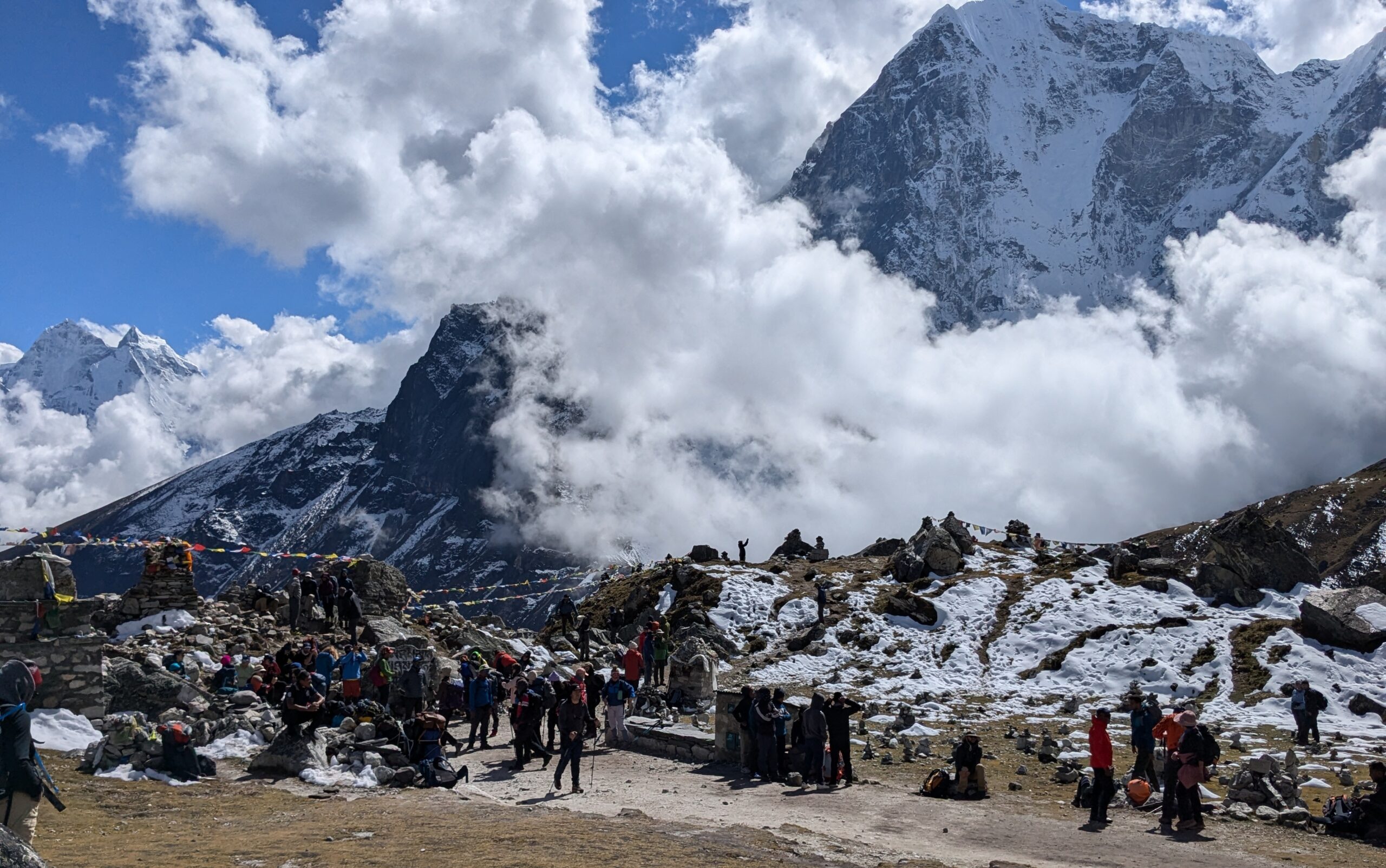
One major highlight is the climb to Kala Patthar. It offers sweeping views of Everest, Lhotse, and Nuptse. EBC trek usually lasts 12 to 14 days. Trekkers cover about 130 kilometers round-trip. This trek is physically demanding. Challenges include high altitude, long trekking hours, and unpredictable weather. Still, it offers a once-in-a-lifetime adventure. Trekkers witness the majesty of Mount Everest up close.
Annapurna Base Camp Trek
Annapurna Base Camp (ABC) Trek is one of Nepal’s most scenic and popular routes. It leads to the heart of the Annapurna Massif. Unlike the EBC trek, this route explores moderate altitudes and more varied landscapes. Trekkers encounter rich biodiversity and stunning views.
The trail features lush forests and terraced farmland. It also offers majestic views of snow-covered peaks. Many consider it suitable for all experience levels. Most trekkers begin in Pokhara, a beautiful lakeside city in Nepal. From there, they travel to starting points like Nayapul, Ghandruk, or Phedi. The trail passes through rhododendron forests and bamboo groves. Trekkers visit Gurung and Magar villages along the way.
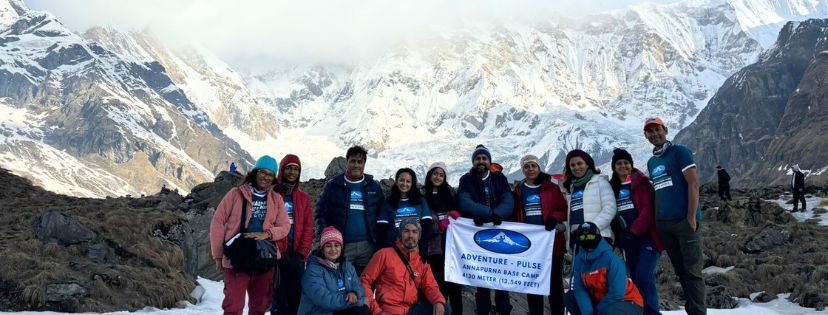
This trail on Annapurna ascends gradually. This allows trekkers to acclimatize more easily than on the EBC trek. Annapurna Base Camp sits at 4,130 meters. This is significantly lower than Everest Base Camp. Still, the views are equally breathtaking. Trekkers see Annapurna I, Machapuchare, and Hiunchuli.
The trek usually takes 7 to 10 days. It covers about 70 kilometers round-trip. Trekkers cross rivers and climb stone staircases. The trail includes steady inclines but is less demanding than EBC. However, good fitness is still required. Trekkers must handle long walking hours and some steep sections.
The trek is ideal for beginners and casual adventurers. It offers a rewarding Himalayan experience with fewer risks. Its shorter duration and moderate difficulty make it more accessible. The diverse scenery leaves a lasting impression.
Which is More Difficult Between the Two?
Everest Base Camp Trek
This one is often seen as more challenging than the Annapurna Base Camp Trek. This is mainly due to its higher altitude and tougher terrain. The trek reaches 5,364 meters at Everest Base Camp. This elevation brings a higher risk of altitude sickness. Trekkers must navigate long, steep ascents and descents. Rocky paths and occasional snow-covered sections also appear at higher elevations. The journey usually takes 12 to 14 days. Trekkers need good physical fitness and endurance to complete it.
The Khumbu region’s remoteness and rugged terrain increase the challenge. Unpredictable weather conditions also add to the trek’s difficulty. However, the experience brings unmatched rewards. Trekkers see the world’s highest peaks—Everest, Lhotse, and Nuptse. They also explore Sherpa culture and visit vibrant monasteries.
Annapurna Base Camp Trek
On the other hand, Annapurna Base Camp is generally easier than the Everest Base Camp Trek. This makes it accessible to more trekkers. Its highest point is 4,130 meters at Annapurna Base Camp. This lower altitude reduces the risk of altitude-related problems.
Trekkers follow a well-marked trail through varied landscapes. These include rhododendron forests, terraced fields, and Gurung villages. The trek usually takes 7 to 10 days. Daily hiking distances are shorter compared to the EBC trek.
While the trail includes steep sections and uneven terrain, it remains manageable. Trekkers with moderate fitness can complete it. The highlight is the panoramic view of the Annapurna range. Peaks like Annapurna I, Machapuchare, and Hiunchuli dominate the skyline. Trekkers also enjoy the warm hospitality of local communities. This cultural experience adds richness to the journey.
What is More Suitable for you?
Everest Base Camp Trek
Everest Base Camp suits experienced trekkers or those with good physical fitness and a strong sense of adventure. The trek reaches high altitudes, up to 5,364 meters. This elevation poses a significant risk of altitude sickness. Trekkers need to acclimatize carefully and prepare thoroughly.
The trek is ideal for those comfortable with long, strenuous hiking days. The terrain is often rocky and uneven. The trek also demands physical and mental endurance in remote, rugged environments. It usually takes 12 to 14 days, requiring trekkers to commit time and energy.
Everest Base Camp perfect for adventurers seeking to witness the grandeur of the world’s highest peaks, including Mount Everest. It also allows trekkers to immerse themselves in the unique Sherpa culture of the Khumbu region. The trek offers a chance to test one’s limits and achieve a sense of accomplishment by reaching Everest’s base.
Annapurna Base Camp Trek
On the other hand, is better for beginner to intermediate trekkers. It also suits those seeking a less strenuous Himalayan adventure. The maximum altitude is 4,130 meters, lowering the risk of altitude sickness. This trek is more manageable for those with moderate fitness levels.
The trail is well-marked and passes through varied landscapes. Trekkers encounter lush forests, terraced fields, and traditional villages. The journey offers a more varied and culturally rich experience. It usually takes 7 to 10 days to complete. Daily hiking distances are shorter than those of EBC, making the trek accessible to those with limited time or experience.
Annapurna is ideal for nature lovers who want to enjoy stunning mountain views, including Annapurna I and Machapuchare. It is perfect for those who want a less challenging trek with a relaxed pace. Trekkers can also experience the warm hospitality of the Gurung and Magar communities in the Annapurna region.
Parting Thoughts –
Both the Everest Base Camp and Annapurna Base Camp treks offer unforgettable Himalayan experiences. However, they suit different types of trekkers. Choose the Everest Base Camp Trek if you seek a physically demanding journey at high altitudes with dramatic mountain views. It challenges your endurance and rewards you with close encounters with Everest and deep Sherpa cultural insights.
Pick the Annapurna Base Camp Trek if you prefer a shorter, less intense trek through lush forests and diverse local communities. It offers stunning scenery and rich cultural experiences with less risk of altitude sickness. Each trek has unique challenges and rewards. Your choice should depend on your fitness level, time, and personal adventure goals.
Continue reading Part 2 here, to know more about the two treks! Let’s help you choose the best!
Follow us on Social Media – LinkedIn | TripAdvisor | Instagram

